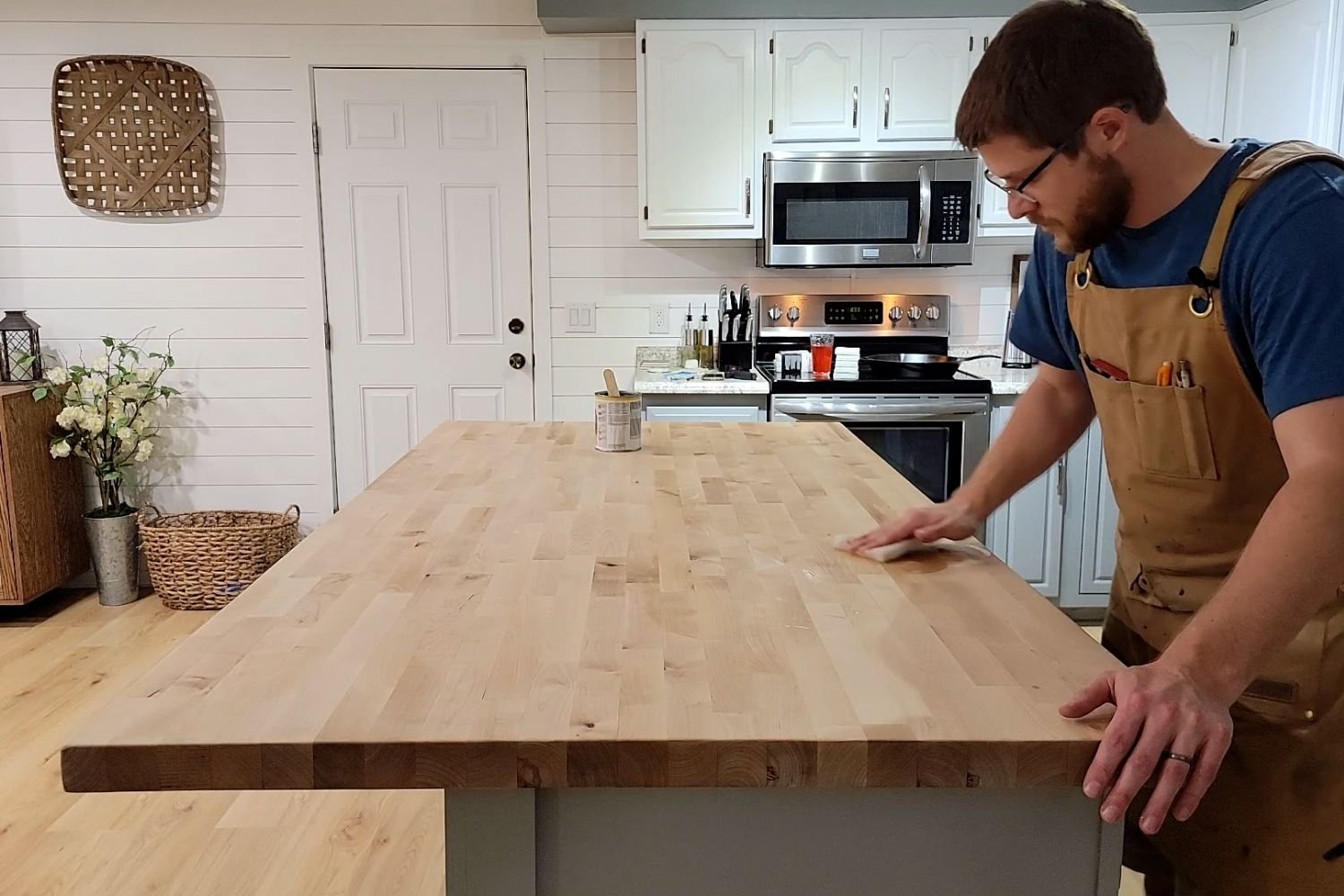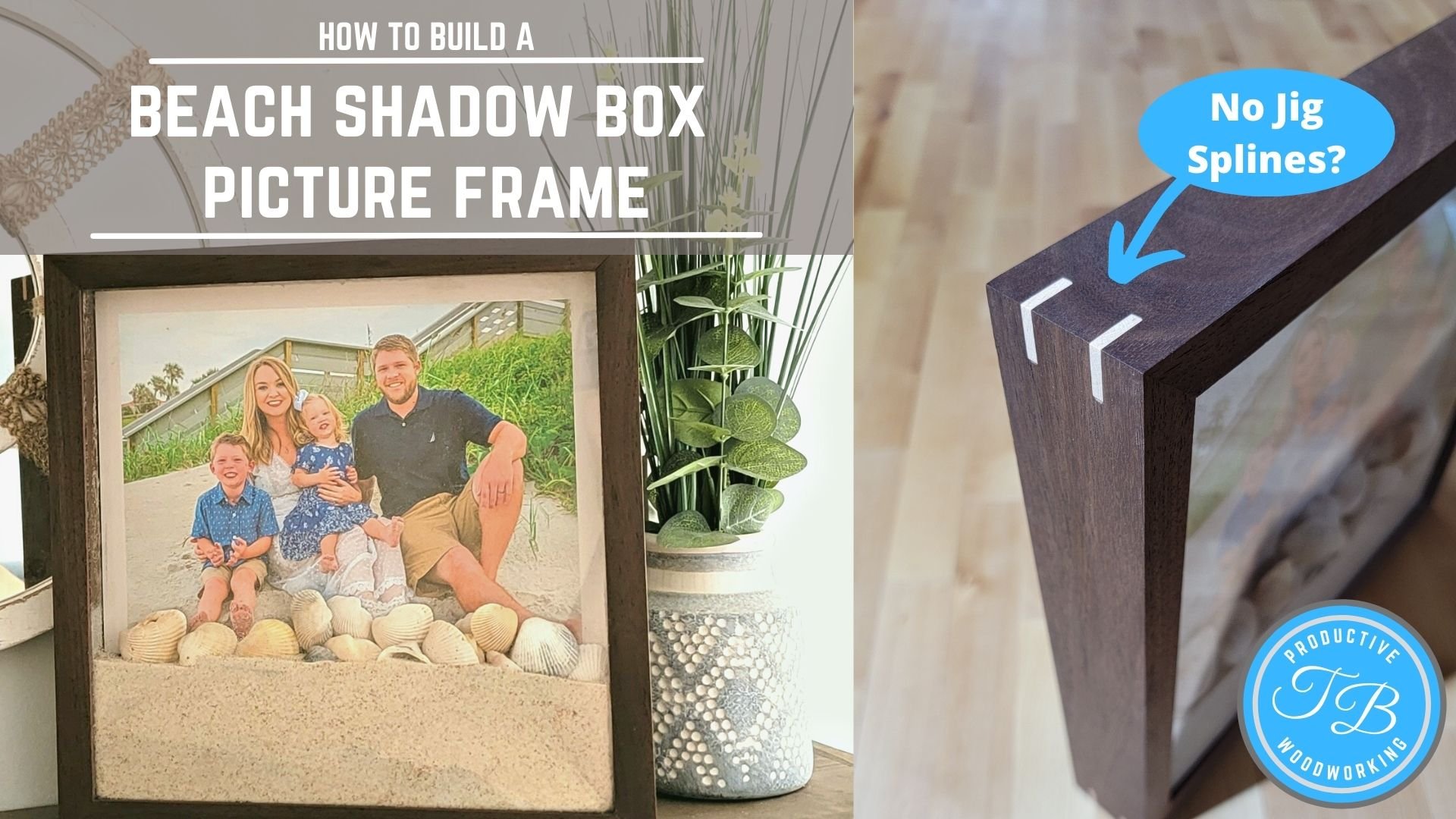Helpful Guide to Hardwood Lumber Grading
Hardwood lumber comes in four grades, with the best being FAS, then Selects followed by Number 1 Common and the worst being Number 2 Common. The hardwood lumber grading system is based on the size, percentage yield and minimum width and length requirements of clear-wood cuttings in each board. Clear-wood cuttings are sections of a board that can be used in woodworking after the board has been properly milled. The following table shows the requirements for each hardwood lumber grade according to NHLA the National Hardwood Lumber Association.
Which Grade of Hardwood Lumber Should I Buy?
I recommend purchasing FAS or Select grade hardwood lumber for your next woodworking project. FAS and Select grade lumber will provide you with at least 1 good face for your project. Also, higher grade lumber will produce minimal waste and you will be able to yield 83% of each board. I believe if you are taking the time to build a project with hardwood lumber it would be worth the extra cost to purchase FAS or Select grade over Number 1 or Number 2 Common grades. I personally have purchased FAS rough hardwood lumber from my local hardwood dealer for numerous projects which all turned out great. The FAS lumber had minimal wood movement or issues to deal with while milling the boards and I ended up with minimal waste.
What is FAS Hardwood Lumber Grade?
FAS is short for first and seconds and is the highest quality hardwood grade that you can purchase and is the most expensive. FAS lumber will provide you with the clearest lumber and provide more than 83% of usable lumber per each board. The minimum size for a FAS board is 6” wide by 8’ long and a clear-cutting size of 4”x5’ or 3”x7’. FAS grade lumber is best for fine woodworking and any project that would need two faces that are of superior quality. Most woodworking projects only need one good face and would be better off to save the money by purchasing Select hardwood lumber.
FAS Hardwood Lumber Yield Example
What is Select Hardwood Lumber Grade?
Select grade hardwood lumber is a blend of both FAS or First and Seconds and Number 1 Common hardwood grades. The same requirements apply Selects as the FAS grade but only on one side of the board with the other side only needing to meet the Number 1 Common grade requirements. The minimum side for a Select board is 4” wide by 6’ long and a clear-cutting size on the FAS face of 4”x5’ or 3”x7’. Select grade lumber is perfect for woodworking and furniture building since most projects only require one face of a board to be outward facing. Selects will give you the benefits of the FAS grade of 83% yield but the cost savings of a Number 1 Common board.
What is Number 1 Common Hardwood Lumber Grade?
Number 1 Common grade lumber is also referred to as Cabinet grade in the United States because of its primary use in kitchen cabinet construction. Number 1 common will provide you with 66% to 75% yield in each board with clear-cutting size of 4”x2’ or 3”x3’. The minimum size for a Number 1 Common board is 3” wide by 4’ long. Number 1 Common is also widely used for furniture parts and can be a great option for hobby woodworkers that are looking for affordable hardwood lumber and the time to produce the best pieces out of a board.
Number 1 Common Hardwood Lumber Yield Example
What is Number 2 Common Hardwood Lumber Grade?
Number 2 Common grade lumber is what you would consider the economy grade due to its price and quality. Number 2 Common grade lumber will come in boards at least 3” wide and 4’ long. The yield for a Number 2 Common board is only 50% to 65% with minimum clear cut size of 3”x2’. Number 2 Common grade hardwood lumber is not recommended for woodworking due to the small yield and waste that would result from the milling process. Most Number 2 Common grade lumber is used for paneling, hardwood flooring, or lower quality furniture parts.
Number 2 Common Hardwood Lumber Yield Example
Related Articles
If you have any questions, comment below.
Let’s talk about it!















